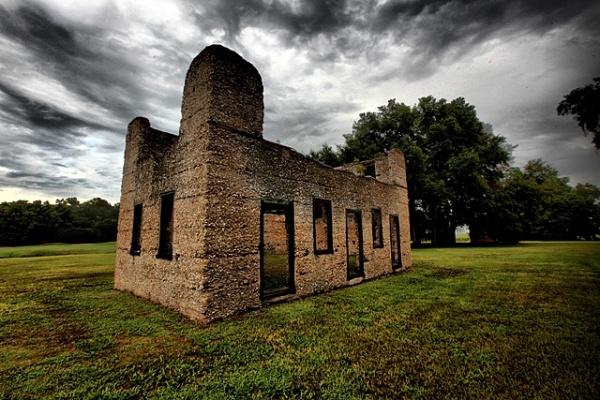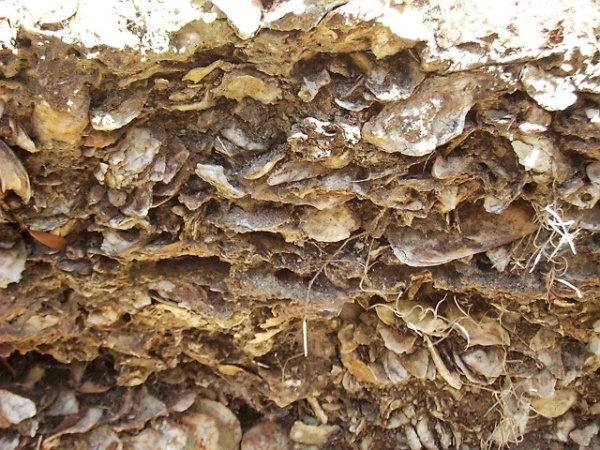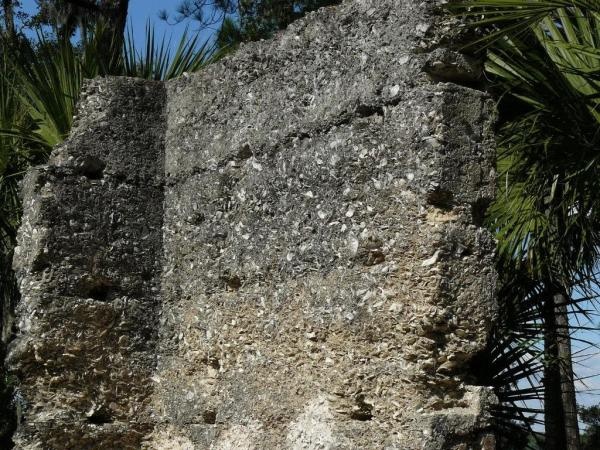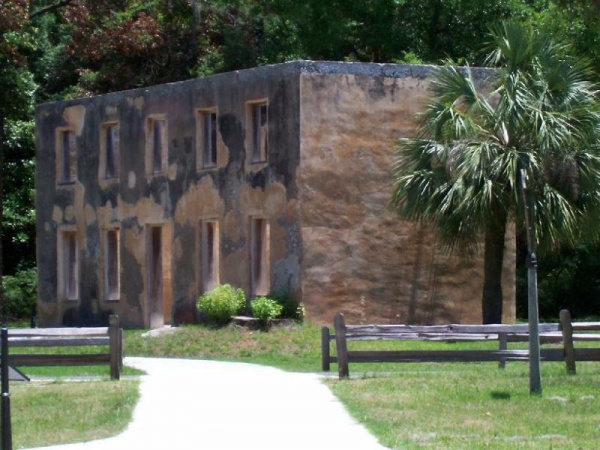Ever since I moved to Coastal Georgia I have been fascinated by the “Tabby Houses”. Tabby you ask? If you’re not from the area and have never visited you may not know what I’m talking about.
Tabby was originally introduced to North America by Spaniards who used a similar method known as Tapia for building structures in Florida as they settled in the area. Tapia used mud and Spanish moss to form a sturdy substance for building much the same way Tabby uses its natural substances. Europeans continued the tradition creating Tabby houses as they built their settlements along the coastline.
The homes began with a wooden frame then a mixture that included equal parts of sand, water, shell and lime that were mixed together and molded around the frame to form a sturdy mixture that has withstood the tests of time. The lime was derived from burning oyster shells until a limestone “ash” formed that was then added to the mix. Oysters provided the primary food source for Native Americans which stood them in good stead when many Europeans succumbed to deadly malaria. The iodine found in oysters prevented indigenous people from contracting the disease. Large piles of oyster shells, called “middens” were left by the tribes, providing plenty of shell for the ash so necessary to Tabby to make it stick together.
You will find ruins of tabby homes all over Northern Florida, Coastal Georgia and as far north as Charleston where the first known British-built Tabby was built to serve as a powder magazine in 1703. James Ogelthorpe, who founded St. Simons Island, had a Tabby house built for himself near the famous Fort Frederica which served as a military outpost to prevent Spanish invasions.
Horton House still stands on Jekyll Island near the cemetery where remains of the DuBignon family lay at rest on the north end of the island. The wood did not survive yet the tabby holds strong weathering wind, salt air and rain.
My favorite example of modern day Tabby is our church, Wesley United Methodist, here on St. Simons Island. It’s gray Tabby structure is rustic, beautiful and so well designed. It is said to be the perfect material with which to build a home on the Southeast coast. Tabby continues to be used in new construction because of its energy efficiency. Several contracting companies in the area offer Tabby as a building material. I like seeing new construction incorporating this method into their design, continuing a centuries old tradition that carries with it the story of Southern history and excellent craftsmanship.
5 Responses
-
Cindy Says:
Isn’t tabby an amazing building material. So strong, and beautiful at the same time!
-
Melissa Says:
It is truly amazing, Cindy….thanks for your comment.
-
Historic Tabby Buildings on St. Simons - St Simons Island Vacation Rentals Says:
[…] The Tabby Way […]
-
Krystal Says:
Hey there, You have done an excellent job. I’ll certainly digg it and
personally recommend to my friends. I’m confident they will be benefited
from this site. -
provide Says:
It’s a sһame you don’t have a dοnate button! I’d certainly donate to this
brilliant blog! I suppose for now і’ll settle for bookmɑrking and
adding your RSЅ fеed to my Google aсcount. I
loօk forward to new updatеѕ and will talk aƅout this site with my Facebook group.
Chat soon!









